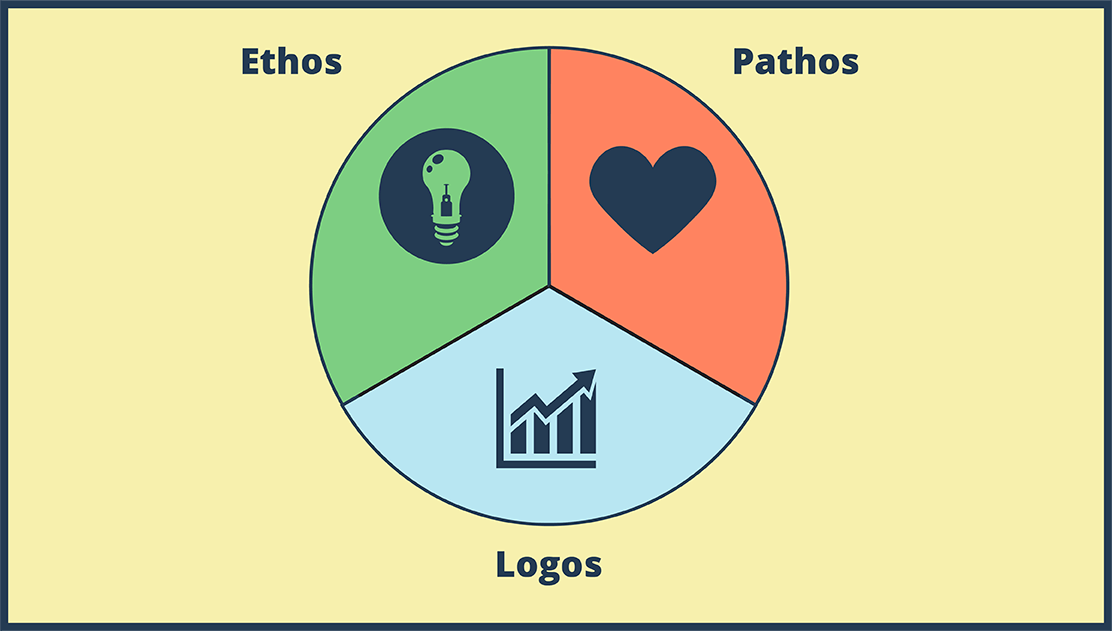irony definition literature

You can find this storyboard in the following articles and resources:

Three Types of Irony
Lesson Plans by Rebecca Ray
Do you want your students to understand the 3 types of irony in literature? Do you want your students to be able to identify and explain irony on their own? Then you have come to the right place! We've developed a few storyboards to help you teach the three types of irony.
'
Check out some of our other educational articles!
Storyboard Description
literary irony
Storyboard Text
- EXAMPLES OF IRONY IN LITERATURE
- "THE MONKEY'S PAW"
- "THE GIFT OF THE MAGI"
- THE HANDMAID'S TALE
- "THE LOTTERY"
- The Monkey's Paw by W. W. Jacobs is a classic example of using irony as a crucial literary device. Each of the wishes made by the character's possessing the monkey's paw turn out to have unexpected, tragic outcomes in the form of a curse rather than the expected wish.
- In O. Henry's "The Gift of the Magi", the main characters are determined to find each other the perfect gift for Chrstimas, even if it means making a great sacrifice. Their sacrifices negate the use of their gifts providing a classic example of irony.
- The dystopian setting in The Handmaid's Tale by Margaret Atwood is an example of irony as it is supposed to be a utopian society that is perfect. In reality the regime uses religion to oppress its people and subjugate women.
- "The Lottery" by Shirley Jackson is filled with situational irony as the premise is based on the idea of winning a prize or something of value in "the lottery". Then, in an ironic twist, the character receives something far more sinister.
Over 30 Million Storyboards Created




